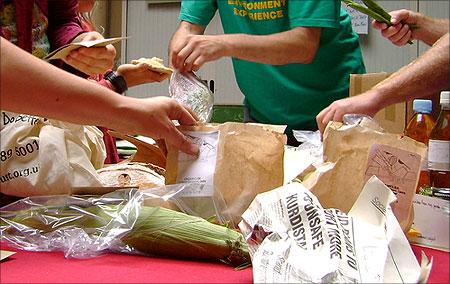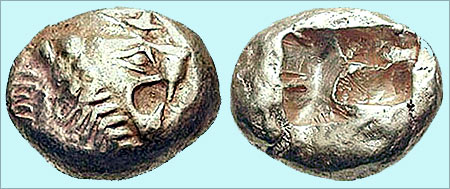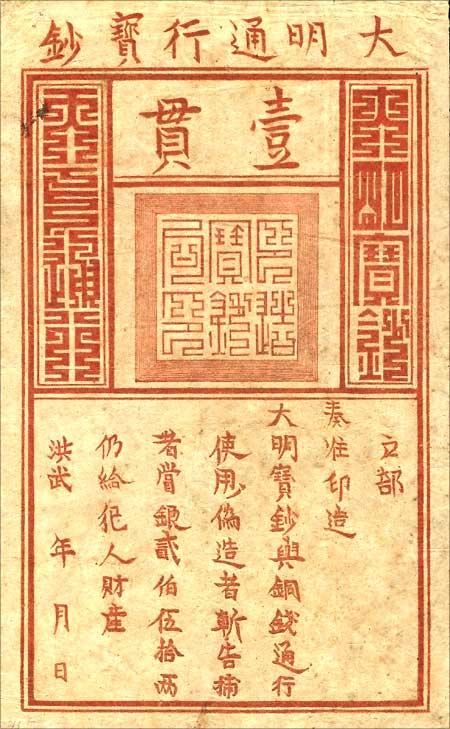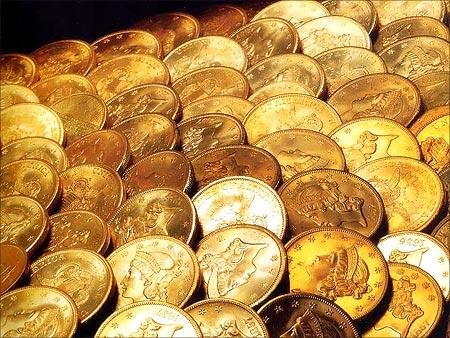 | « Back to article | Print this article |
The money story: From barter to currency
Money has been a part of our history for the last 3,000 years. Before a proper form of money was created, the barter system was practised across the world.
A big drawback of the barter system was in assessing the value of goods. Also, people often had to receive goods they did not really want while exchanging things.
Click NEXT to read more...
The money story: From barter to currency
A solution to this was to make 'money', which could be used effectively among a group of people.
By 1200 B.C., cowry shells became the first form of money in China.
The Chinese after practicing the barter of tools like knives and spades, started making miniature versions of these as money. However, this being sharp, proved to be unsafe.
Click NEXT to read more...
The money story: From barter to currency
The first form of money was made with metals as it was readily available. Thus, round coins came into existence. China was the first country to use coins though first minted coins were in Lydia (western Turkey.)
The Lydians became the first in the Western world to make coins by 700 B.C. Soon, countries started minting their own series of coins with specific values. The Chinese coins were made of base metals with holes in them.
Click NEXT to read more...
The money story: From barter to currency
Ancient India, which included states of Pakistan and north-western India, was one of the earliest issuers of coins in the world (6th century BC), along with the Chinese Wen.
Later, silver coins were introduced. They featured numerous gods and emperors to represent the value.
Click NEXT to read more...
The money story: From barter to currency
These coins were first used in Lydia and later improved by the Greek, Persian, Macedonian, and Roman empires.
Soon the use of money gained popularity. By 118 B.C., banknotes in the form of leather money were used in China.
Click NEXT to read more...
The money story: From barter to currency
China was the first country to introduce paper money even when Europeans were using coins.
Eventually, banks started using paper notes for depositors and borrowers to carry around instead of coins.
Click NEXT to read more...
The money story: From barter to currency
These notes could be taken to the bank and exchanged for their face value in silver or gold coins.
Unlike now where the governments issue currency, the paper money was issued by banks and private institutions.
Click NEXT to read more...
The money story: From barter to currency
The first paper currency issued by European governments was actually issued by colonial governments in North America.
The shift to paper money in Europe increased international trade. Banks and the ruling governments started buying currencies from other nations to create first currency market.
Today, every country has a distinct currency and value.







